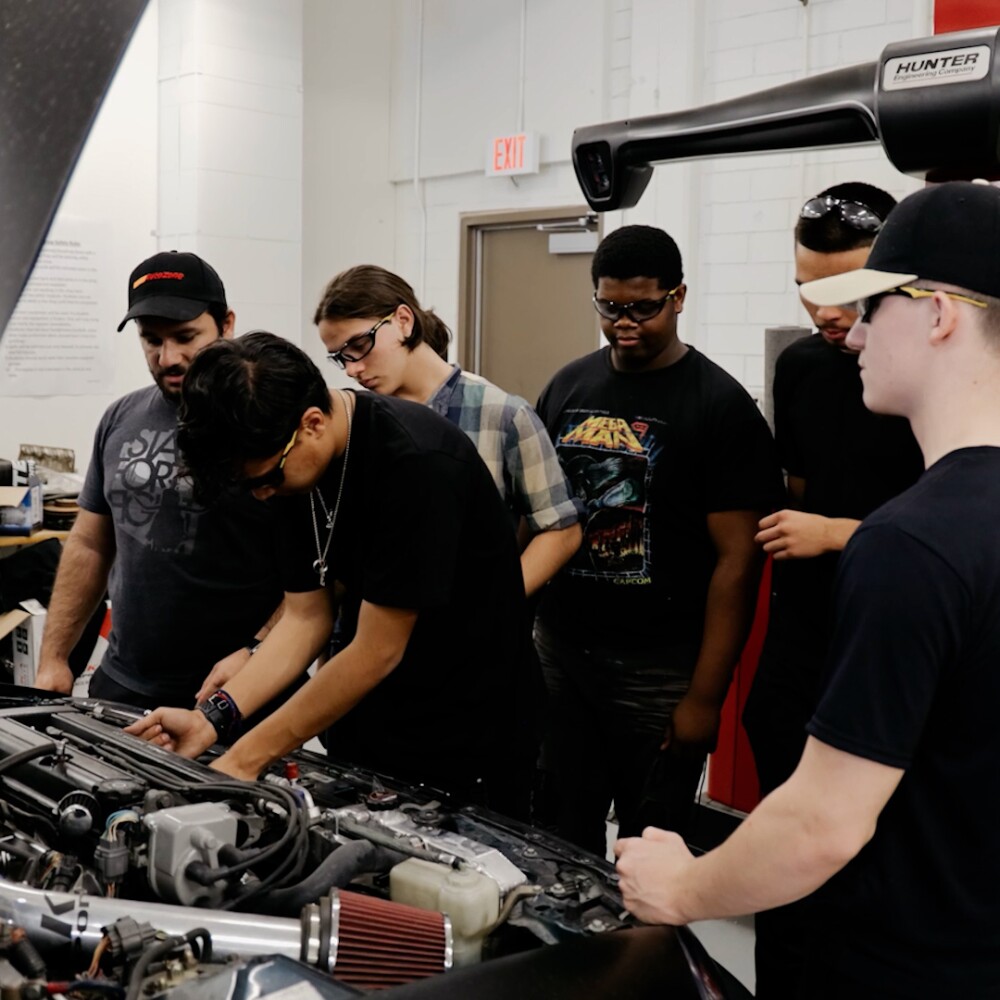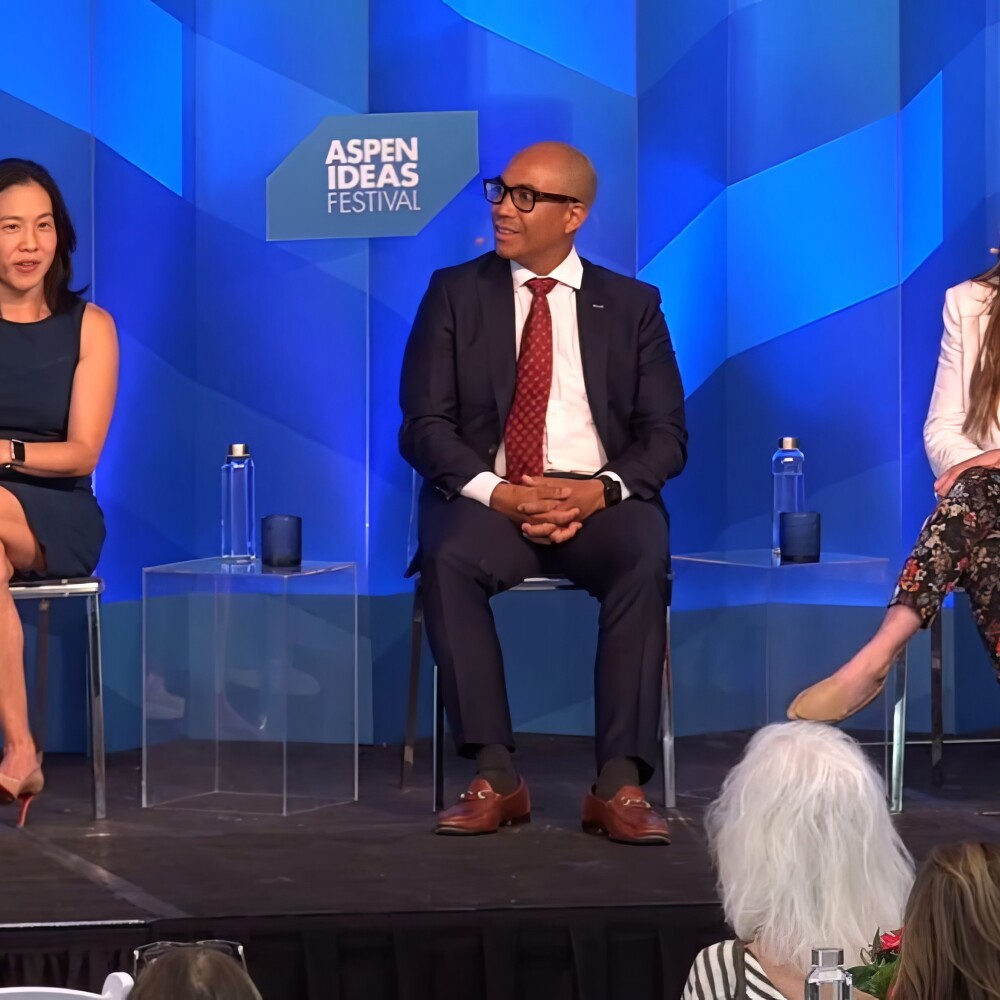What if educators could harness the power of business experts to open the doors to more great schools?
What if these partners worked smarter, not harder, finding $4 for every original $1 investment?
And what if that investment could help 50,000 students?
This is the Building Equity Initiative, the first and largest philanthropic effort of its kind to tackle one of the biggest systemic barriers to growing and best serving students in high-quality charter schools — identifying and securing facilities.
Because of this work, to date, schools are able to direct $102 million originally earmarked for facilities back to teachers and students at a time when they need it most.
The Walton Family Foundation-led initiative — launched in 2016 and expected to impact 250,000 students by 2027 — embodies a core value of our work, to be bold in our belief about what’s possible and in tackling big, complex problems.
Before ‘Building Equity’
For many families, charter schools serve as a beacon of opportunity. They provide an education option that meets the specific wants and needs of each student — whether that’s prioritizing intentional diversity, helping every student become college-bound, supporting students with special needs in a generalized setting or offering unique extracurricular activities.
While finding a space where teachers can teach and students can learn is a pre-requisite for every school, charter schools often face steep barriers to accessing facilities.
Traditional public schools are assigned a building in which to operate. Because the school district owns that building, per-student funding goes directly where it should — toward students, staff and educational resources.
But facilities funding for public charter schools varies widely from state to state. When the Building Equity Initiative launched, only one in three states provided funding for charter buildings.
These schools are often left holding the buck on finding, financing and maintaining their school facilities — paid for with a portion of funds that would otherwise be directed toward education. What’s more, school leaders must lead rigorous facilities transactions, adding extra stress and directing their attention away from their important jobs supporting staff and students.
According to research, nearly 50% of charter schools are in buildings that can’t accommodate future growth and 40% lack the educational amenities to implement teaching goals.
Historically, when public charter schools could secure loans to improve or buy school space, it has been at interest rates that divert large sums of money away from the classroom. It is estimated that the total annual interest paid by the charter school sector on facilities is $1.4 billion more than if they had access to districts’ interest rates.
An Innovative Path Forward
All great schools, regardless of the educational model, deserve to work with partners 100% mission-aligned with their ultimate goal—to embolden students with self-confidence and inspire them to pursue knowledge and opportunity.
Since its launch, the Building Equity Initiative has grown into a network of 13 trusted partners committed to helping charter schools face their facilities challenges.
Two such partners—the Equitable Facilities Fund and the Facilities Investment Fund —are making it easier and more affordable for charter school leaders to secure capital, access low interest rates and qualify for adequate levels of funding.
KIPP Northern California is a network of 15 public charter schools serving a diverse group of Yemeni, Latinx, Vietnamese and Black families.
In California, school districts are required to give public charters access to “equitable space.” But in practice, this has often resulted in lower quality, geographically disparate locations. So KIPP Northern California set out to finance and build its own buildings.
With help from the Equitable Facilities Fund, the network refinanced its debt, allowing it to access long-term financing at affordable rates and favorable terms.
“EFF understood our schools. They understood our strategy. It was so efficient,” says Cory Harris, the school’s managing director for finance.
On the opposite coast, New York City’s Ascend Learning has ambitious goals for its families—and an equally ambitious timeline to open new facilities for the 5,500 students they serve.
But it’s proven challenging finding space for their schools, where 84% of students receive free or reduced lunch and 97% are Black and Latinx.
Ascend partnered with the Facilities Investment Fund to finance the renovation of two buildings at favorable rates, with what Ascend’s President Susan Pollock calls “astonishing efficiency and collaborative spirit.” Ascend is now able to spend more of its budget on educational programming and less on rent and operation costs.
In addition to low-interest capital, BEI also provides school leaders with resources and expertise – from real estate to finance to construction – to help them navigate complex decisions.
Washington, D.C.’s Level Field Partners is one such expert resource, assisting charter operators across the country with services that range from financial assessments to embedding professional support staff at schools to help selecting an architect for their project.
“We know that every dollar we can save goes right back into the classroom. And the fact is, if you can build a beautiful, high-tech space, it makes students feel more valued and it helps families make a long-term commitment to that school,” says David Endom, one of Level Field Partners’ co-founders.
The foundation believes that systemic change requires bold leadership. With each new school opened, the Building Equity Initiative provides students and families a launch pad to opportunity.
“A school is so much more than a building,” says KIPP Northern California’s Cory Harris. “But our students and communities deserve long-term, state-of-the-art facilities just the same.”





